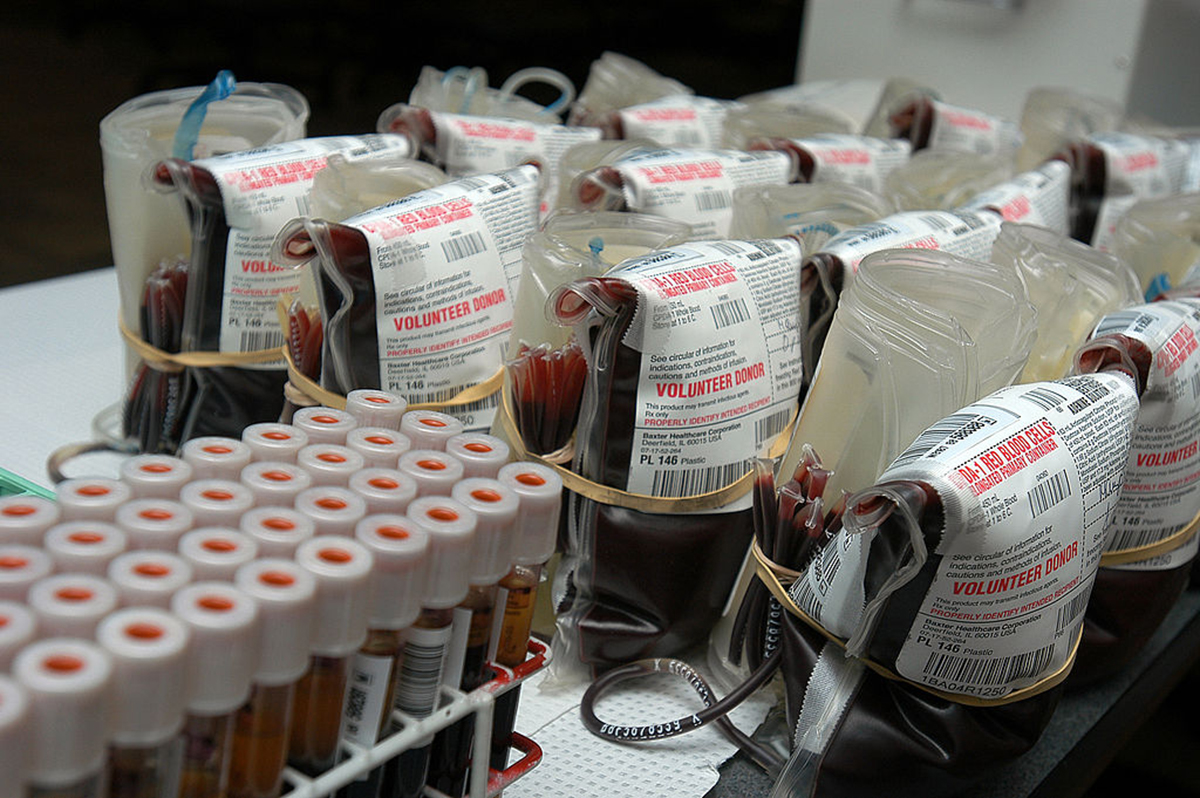Table of Contents
A rather curious theory has recently been tested by a joint collaboration of researchers from several universities and medical schools across the United States. The general aim of these investigators was to assess if there was anything in the blood of young mice that could prevent or delay molecular, physiological and behavioral aspects of age-related decline in aged mice. These researchers had, in a previous study, identified an increased number of stem cells in the brain of old mice following the injections of young blood. Therefore, the new study, which was published back in May 2014, was building upon the discoveries of the former.

So, the above hypothesis was tested using a technique that has been used in scientific studies with animals for at least 150 years: parabiosis.
In this particular case, where animals of different ages were paired, we say the technique that was used was heterochronic parabiosis. This strategy has been employed several times, precisely because it provides with an experimental system to assess the effects of a tested procedure or treatment on cell and tissue aging, to study age-related diseases and other age-related parameters.
In this particular case, two groups of animals were studied: one group of young and aged mice surgically joined, so that they shared the same circulatory system; and a group of aged mice which received injections of blood from younger mice into their tails.
After an exposure of five weeks to young blood, aged mice were found to fight back the effects of aging at the molecular, structural, functional and cognitive levels in the aged hippocampus. The hippocampus is a part of the brain that has been noted to be the most sensitive to aging, both in men and in animals. Furthermore, this area is highly involved in learning and memory formation and, as such, proves to be one of the most important parts of the brain to study in this type of examinations.
The findings might have far-reaching consequences for developing anti-aging therapeutics
Specific findings in the hippocampus of aged mice exposed to young blood include an increase in the number of neuronal structures that receive signals to transmit information between neurons, an enhancement of long-term potentiation (a type of neuronal transmission that has been implicated in the retention of information) and a rise in the concentration of specific molecules that participate in the learning processes within the brain.
The observed improvements were not limited by the brain structures only.
See Also: Effective anti aging tips
Despite these promising results, investigators are still trying to identify the components within the young blood that are to account for the improvements described above. Finding such compounds would open gates to the development of anti-aging therapeutics in the form of pills or injections. Obviously, these new data provide only a very preliminary evidence of a potential anti-aging strategy, and the effects that it could have in humans are completely unknown to scientists yet.
- VILLEDA, S. A., PLAMBECK, K. E., MIDDELDORP, J., CASTELLANO, J. M., MOSHER, K. I., LUO, J., SMITH, L. K., BIERI, G., LIN, K., BERDNIK, D., WABL, R., UDEOCHU, J. & WHEATLEY, E. G. 2014. Young blood reverses age-related impairments in cognitive function and synaptic plasticity in mice. Nature Medicine, 20, 659-663
- CONBOY, M. J., CONBOY, I. M. & RANDO, T. A. 2013. Heterochronic parabiosis: historical perspective and methodological considerations for studies of aging and longevity. Aging Cell, 12, 525–530
- CAI, L., CHAN, J. S. Y., YAN, J. H. & PENG, K. 2014. Brain plasticity and motor practice in cognitive aging. Frontiers in Aging Neuroscience, 6, Early online publication.
- Photo courtesy of nwk by FreeImages : www.freeimages.com/photo/1428181
- Photo courtesy of U.S. Navy photo by Mass Communication Specialist 2nd Class Daniel Gay by Wikimedia Commons : commons.wikimedia.org/wiki/File:US_Navy_080814-N-0486G-006_Bags_and_vials_of_blood_await_processing_during_the_Armed_Services_Blood_Progr


Your thoughts on this